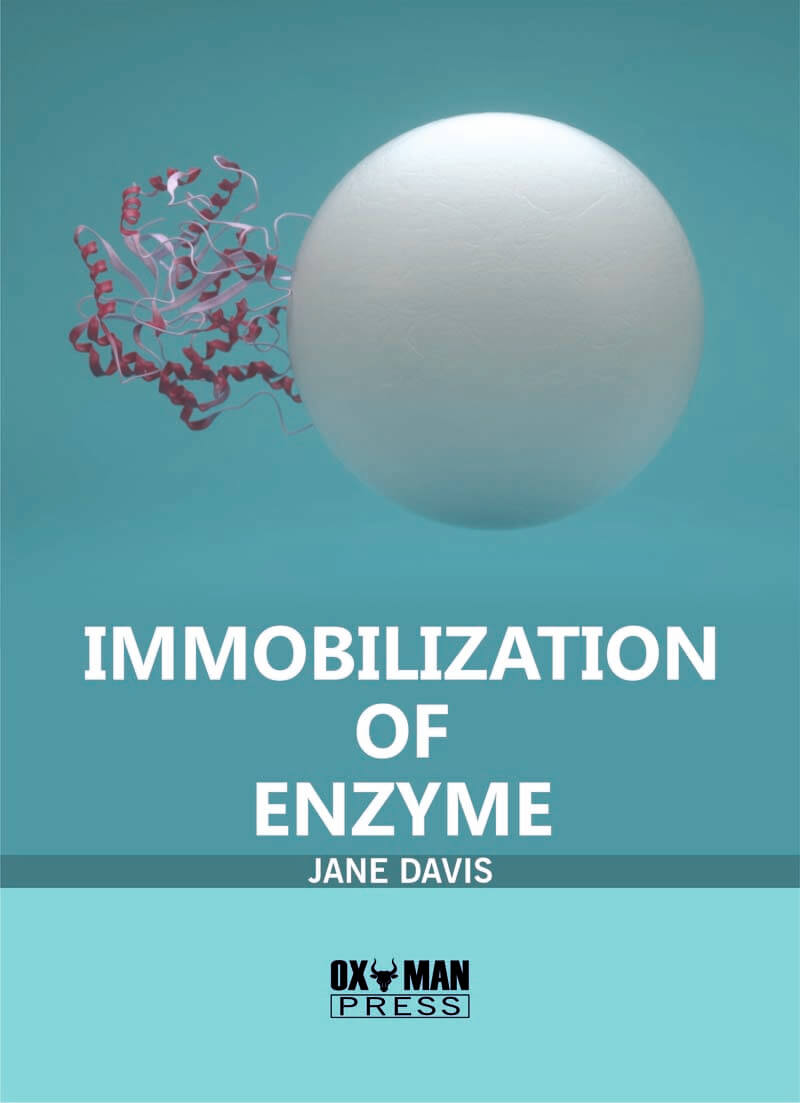Immobilization of Enzyme
| ISBN | 9781778806656 |
|---|---|
| Author | Jane Davis |
| Publisher | OXMAN PRESS |
| Publication Year | 2023 |
| Category | Agriculture & Life Science |
| Price | $178.00 |
Jane Davis earned his doctorate in Geneva. He has published 19 publications in respectable peer-reviewed national and international journals in the fields of biochemistry, molecular biology, microbiology, proteomics, food chemistry, nanotechnology, biotechnology, enzyme immobilisation, medicinal chemistry, and pharmacology. He has written 10 book chapters with foreign publishers in addition to a single author book with Springer International Publishing AG. Another book is being released right now. Most notably, he is the primary author of almost all published articles, reviews, and book chapters. Jane Davis is a member of the editorial boards of two international publications, Molecular Biology and Developmental Microbiology.
